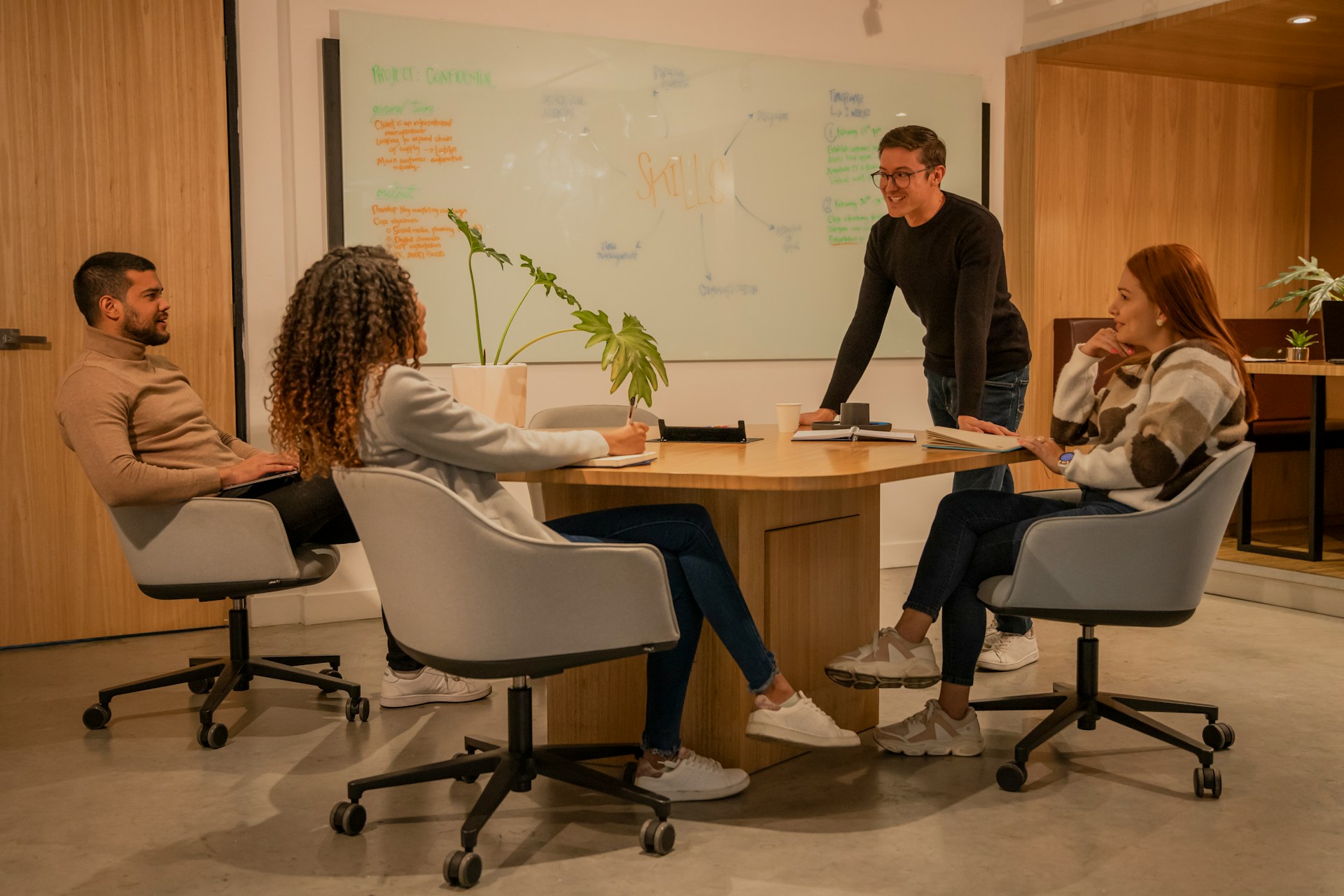Checklist complète pour un onboarding de vos nouveaux commerciaux réussi
September 15, 2025

Formation active
Partagez cet article :

In a world where skills evolve faster than ever, passive training (lectures, standard e-learning) is no longer sufficient. Cognitive psychology shows that a learner forgets around 70% of new knowledge within 24 hours if exposed only to passive instruction — a phenomenon known as Ebbinghaus’ Forgetting Curve (Hermann Ebbinghaus, 1885).
Active training directly tackles this issue. By engaging learners through action, reflection, and interaction, it transforms learning from knowledge transmission into knowledge construction, in line with constructivist theories (Piaget, 1972; Vygotsky, 1978).
Theory only goes so far — the brain retains knowledge when it’s connected to meaningful, contextualized actions. Learners should therefore be immersed in practical cases reflecting their daily work environment:
According to OC&C Strategy – The Skills Gap and the New Corporate Classroom (2024), organizations using learning sandboxes—safe testing environments—improve their upskilling speed by 25%.
This aligns with Situated Learning Theory (Lave & Wenger, 1991), which posits that knowledge is best acquired when learning occurs within an authentic context.
Learning is inherently social. Neuroscience confirms that verbalization and debate stimulate multiple neural networks, leading to deeper memory encoding (HES-SO, Pedagogical Report No. 13, 2022).
In sales training, for instance, when one participant plays the client and another plays the advisor, dual learning occurs: empathy is strengthened, and technical mastery is reinforced.
This principle echoes Bandura’s Social Learning Theory (1977), which emphasizes learning through observation, imitation, and feedback within a social context.

Active learning thrives on experience and introspection. The model developed by David Kolb (1984) remains foundational:
This cyclical process is confirmed by metacognitive research showing that reflection helps transfer skills to new situations (Schön, The Reflective Practitioner, 1983).
Modern implementations use learning-by-doing platforms and simulation-based learning tools, which allow learners to test, fail, and retry in a safe setting — a cornerstone of experiential learning.
Feedback transforms experience into learning. According to the Corporate Learning Network (2024), training programs embedding real-time feedback increase learner engagement by 40%.
A study by Engageli (2025) found that in safety training contexts, active feedback mechanisms led to 93.5% retention versus 79% with traditional formats.
From a cognitive standpoint, immediate feedback reduces cognitive load and corrects misconceptions before they solidify — principles derived from Cognitive Load Theory (Sweller, 1988) and Deliberate Practice Theory (Ericsson, 1993).
Active training’s success depends on relevance and personalization. Learners engage more when content aligns with their role, industry, and skill level.
According to the LinkedIn Learning Report (2022), 94% of employees say they would stay longer at a company that invests in relevant, personalized learning.
Adaptive learning technologies — AI-driven content recommendation systems — are making personalization scalable, supporting principles of Self-Determination Theory (Deci & Ryan, 2000), which links motivation to autonomy and competence.
Active learning methods are consistently linked to higher performance and retention:
Active training is not a trend — it’s a science-based evolution of how humans truly learn. By combining experience, interaction, reflection, feedback, and personalization, organizations cultivate teams that are more capable, more confident, and more future-ready.
As Albert Bandura summarized it:
“Learning would be exceedingly laborious if people had to rely solely on the effects of their own actions to inform them what to do.”